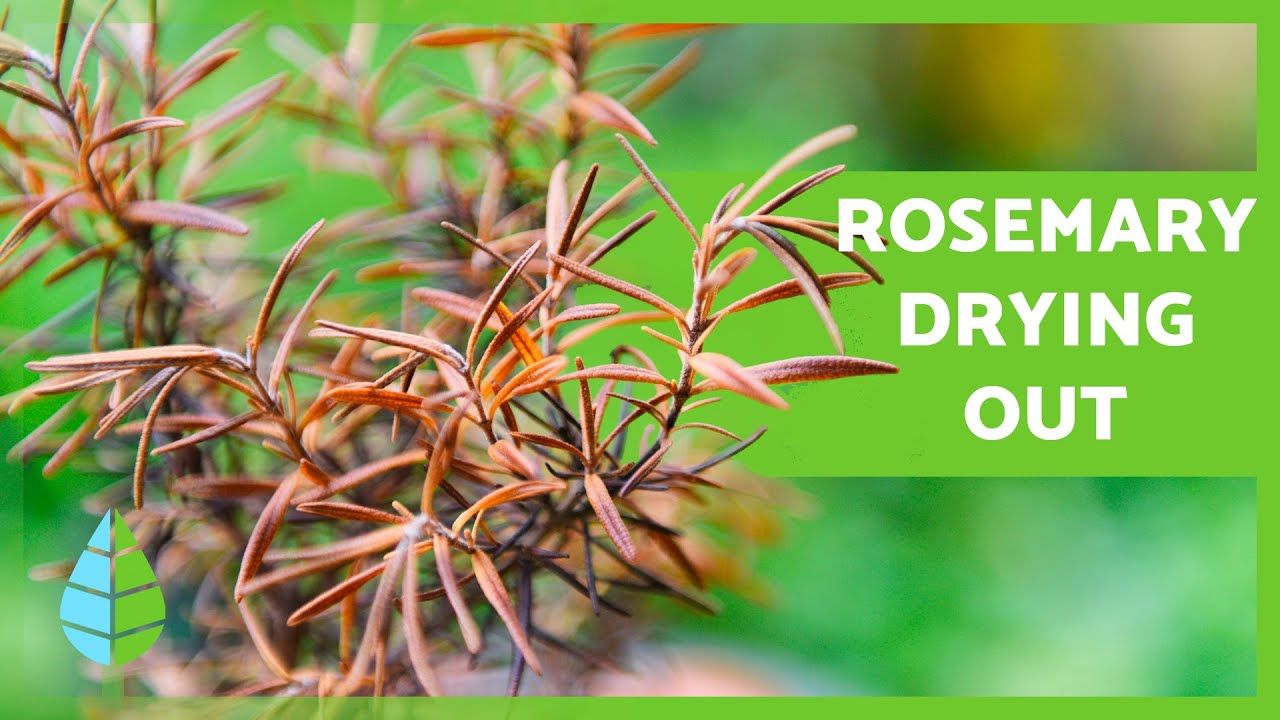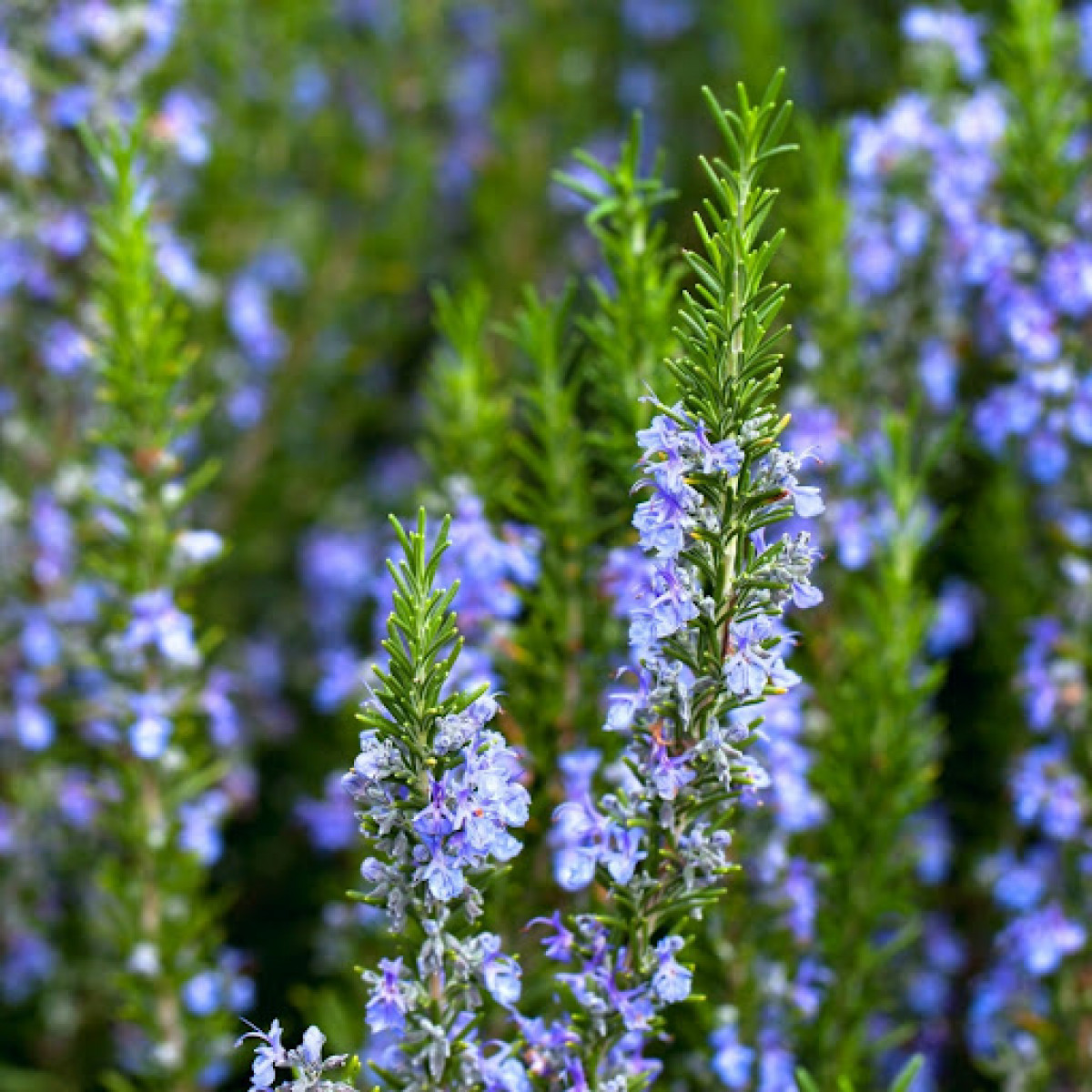5 Reasons Your Rosemary Decorative Tree Might Die

Plants, especially those meant for decorative purposes like the rosemary tree, require attentive care to thrive. While rosemary is a hardy herb, several issues can compromise its health and potentially lead to its demise. Understanding these challenges can help you keep your rosemary plant flourishing. Here are five reasons why your rosemary decorative tree might die and how to address them:
The Wrong Environment

Rosemary thrives under specific environmental conditions:
- Sunlight: Needs at least six hours of direct sunlight daily. Insufficient light leads to leggy growth and poor development.
- Temperature: Prefers temperatures between 55°F and 70°F (13°C to 21°C). Extreme cold or heat can harm the plant.
- Humidity: Rosemary dislikes high humidity. Environments with over 50% humidity can promote fungal diseases.
🌱 Note: If you’re keeping rosemary indoors, a sunny windowsill or grow lights might be necessary to meet its light needs.
Incorrect Watering Practices

Watering rosemary incorrectly is a common cause of its decline:
- Overwatering: Can lead to root rot, which is often fatal. The soil should be allowed to dry out slightly between waterings.
- Underwatering: Causes the plant to wilt and potentially die, as rosemary prefers to be on the drier side rather than constantly wet.
💧 Note: Watering needs might differ seasonally; adjust your watering schedule based on plant growth and weather conditions.
Pests and Diseases

Here are some common adversaries for rosemary:
- Spider Mites: Tiny pests causing yellowing leaves with fine webs.
- Aphids: Suck plant juices, leading to stunted growth.
- Fungal Diseases: High humidity can lead to powdery mildew or root rot.
🛡️ Note: Regularly inspect your rosemary for signs of pests or disease, and treat promptly to prevent infestation.
Poor Soil and Potting

| Aspect | Needs |
|---|---|
| Soil Type | Well-draining, sandy, and slightly alkaline |
| Potting Mix | Fast-draining mix with added grit or perlite |
| Pot Size | Root-bound plants need repotting into larger pots |

🌿 Note: Overly rich or dense soil can suffocate rosemary roots, which need oxygen for optimal growth.
Lack of Proper Pruning

Pruning is essential for:
- Shape: Keeps your rosemary in an attractive form.
- Health: Removes dead or diseased wood to prevent further spread.
- Encouraging Growth: Light pruning can stimulate bushier growth.
✂️ Note: Avoid pruning more than a third of the plant at once to prevent shocking it.
In summing up, caring for a rosemary tree requires attention to its environmental conditions, watering practices, protection from pests and diseases, proper soil, and pruning. By addressing these aspects, you can prevent many common issues that lead to the demise of your rosemary. Remember, each plant is unique, and observing your rosemary’s responses to its care will help you fine-tune the conditions for its best health.
Can I grow rosemary indoors?

+
Yes, rosemary can be grown indoors provided it gets ample sunlight or supplemental light from grow lights.
How often should I water my rosemary?

+
Water rosemary when the top inch of soil is dry to prevent overwatering. Generally, this could be once a week, but always check the soil moisture.
What’s the best way to deal with pests on rosemary?

+
Natural remedies like neem oil or insecticidal soap can be effective. Regularly inspect your plants to catch infestations early.



